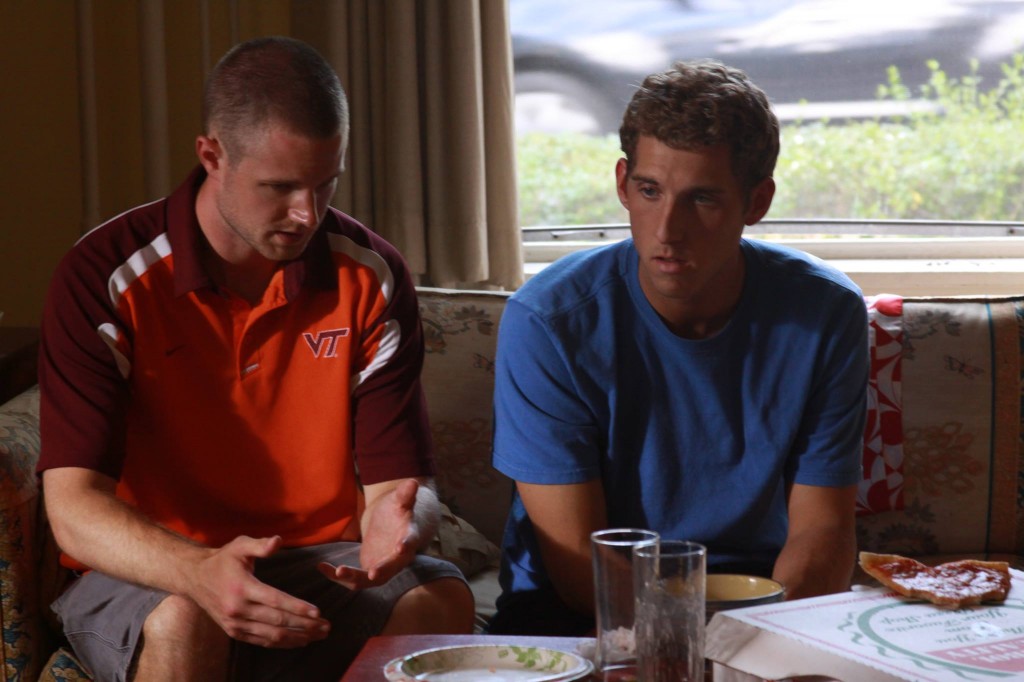How I Made a Feature Film Right Out of Film School (Guest Post)

I’m Jaymes Camery and I just wrapped production on my first feature film, Guys and Girls Can’t Be Friends. I graduated from California Institute of the Arts with an MFA in Film Directing in May 2013. I grew up in Virginia and have always had a special affinity for stories that take place in the South. […]
Theatrical is Dead – Long Live Theatrical: Events, Experiences, Scarcity & The Age of Abundance
Part 3 of How to Make Money in the Age of Abundance By Jon Reiss Theatrical is Dead Long Live Theatrical. The holy grail of a theatrical release still rings as a delusion for many. Fighting words still for untold thousands of filmmakers. Who doesn’t want their name in lights – long lines around the […]
Monetizing in the Age of Abundance Part 1: The Age of Abundance
By Jon Reiss I have been giving a number of presentations on Artistic Entrepreneurship over the past year that I refined for the recentSFFS A2E Workshop and most recently presented a version of in this spring’s IFP Filmmaker Labs. In this presentation I have reformulated my approach to the challenges that filmmakers face in our current age […]
Jon Reiss at IFC this Tuesday, November 17th!
Just out from an amazing weekend at DOX:FORUM in Cophenhagen, I’ll be in New York this week at the IFC Center speaking about my new book Think Outside the Box Office (released on the 16th!). Come check it out! Call (212) 924-7771 for tickets! Thinking Outside the Box Office Tue, Nov 17 at: 6:00 PM […]
Indie Film Is Dying…Unless it Isn’t. Why Independent Filmmakers Shouldn’t Throw in the Towel and Why Indie Audiences Still Exist.
Don’t give up on audiences yet. Just read “Indie film is dying — unless it isn’t” — a great article from Salon.com, written by Andrew O’Hehir All winter and spring, people in the independent-film business have been murmuring politely behind their hands and pretending not to see the 800-pound walrus in the corner of the […]